In January, I published a post that I called “Chronological Errors,” presenting photos of objects that are no longer commonly used or in some cases even understood.
Quirky Berkeley readers have been all over this, suggesting other errors that I might want to bring to you. Sure, why not? Let’s start with police telephones, as shown above.
The first police telephone was installed in Albany, New York in 1877, one year after Alexander Graham Bell patented the telephone. Other cities followed suit – Chicago in 1880, Washington D.C. in 1883, Detroit in 1994, and Boston in 1885. These were direct- line telephones usually placed inside a mounted metal box which could be accessed by a key or by breaking a glass panel.
This Gamewell police call box is on the southeast corner of Curtis and University. Produced by the Gamewell Company of Newton, Massachusetts, it would telegraph a location code to the central fire station when a lever was pulled in the box.
This fire alarm on Milvia is purely decorative. And totally cool.
My post about Automatic Response at 1461 Eastshore Highway and Steven Papai is chuck full of anachronistic office equipment. I showed some in the first chronological errors post, but there is so much more:
This is a Sonora hand-crank record player in wooden consulate cabinet from the early 1900s. It won the highest score for tone at the Panama Pacific Exposition in 1915.
The comptometer was the first commercially successfully key-driven mechanical calculator. It was manufactured without interruption from 1887 until the mid 1970s when electronic calculators took off, took hold, and took over.
I SWEAR my mother had this sewing machine. She was a top-drawer seamstress who swore by old-school sewing machines. Never went fancy.
Do you remember how we kept telephone numbers? Dig this one with a telephone dial for the letters of the alphabet!
On San Pablo, this military surplus store is oh so out of place and out of time in Berkeley
It is as good as we get these days when it comes to military stuff, once Mac West’s Military Artifacts and Collectibles closed. It was at 1601Ashby.
So this is as good a place as any to mention intentional anachronisms.
The Society for Creative Anachronism is an international living history group formed with the aim of studying and recreating Medieval European cultures and their histories before the 17th century. A quip often used within the SCA describes it as a group devoted to the Middle Ages “as they ought to have been”
The SCA’s roots can be traced to a party of a UC Berkeley medieval studies graduate, the author Diana Paxson, in Berkeley, California, on May Day in 1966. The party began with a “Grand Tournament” in which the participants wore helmets, fencing masks, and usually some semblance of a costume, and sparred with each other using weapons such as plywood swords, padded maces, and fencing foils. It ended with a parade down Telegraph Avenue with everyone singing “Greensleeves“.
The UC Berkeley branch of the Society for Creative Anachronism is known as the College of Sainte Katherine. Members are Kates for short.

Photo: https://oaklandnorth.net/2011/04/26/armor-clad-knights-reenact-sword-battles-under-the-rockridge-bart/
You may have seen the sword fighting practice, held every Thursday 7:00 pm to 10:00 pm in the Rockridge BART Station West parking lot. That is an intentional anachronism.
There was a time when community bulletin boards ruled Berkeley. They were a critical component of Berkeley’s community-based DNA
There are a dozen or two community bulletin boards around Berkeley. Most are sad, pathetic reminderss of a more engaged time. Here are a few:
The ultimate bulletin board as chronological error is probably the anonymous bulletin board that I wrote about.
Here is the abridged version and here is the unabridged version of the post. This bulletin board was one chronological error stapled on top of another. It is a gift that keeps on giving.
This next one is about a name. Garfield’s the name.
Martin Luther King Jr. Middle School was originally named Garfield Junior High School after U.S. President James A. Garfield. It was renamed for the civil rights leader Dr. Martin Luther King, Jr. a few years after his assassination in 1968.
 Garfield Junior High School was established in the early 1900s at 1414 Walnut Street, just south of Rose Street.
Garfield Junior High School was established in the early 1900s at 1414 Walnut Street, just south of Rose Street.
The school was moved into new buildings at the present site of King on Rose Street in 1922. In 1963, Berkeley schools were de facto segregated. Garfield was 4.8% black. The Luther Burbank Junior High School on Bonar just south of University was 76% black.
Mark Bulwinkle nominated his welding equipment for inclusion as a chronological error
“With these tools I built and repaired over 300 ocean-going vessels in a period of 12 years, and continued later with my art career after that former life was over for me in the mid 1980s. Younger people, some of whom are welders, who think I make my work with a computer and plasma cutter and MIG gun, since that is all they now today, often ask how I can cut steel so well with a torch. I answer that it’s just like playing a violin – just buy one and start playing. While I am skilled at all the newfangled gizmos of the steel trade, I still use the tools pictured to relax and have fun. Craft, and playing a violin, is like that.”
This piece was generated – decidedly not by Bulwinkle – with a computer and plasma cutter. Note the lack of soul and note the technical perfection. The technical perfection does not translate to art or creativity.
There are at least three anachronistic technologies in the home of Scott Page, an irony because he is all about 3D scanning, which is hardly anachronistic.
There is a coal bin on his back porch, a holdover from another day and another heating fuel.
This is a proportional divider – Very Old School. Artists who frequently paint or draw from a reference that requires size reduction or enlargement find this tool very useful. Page uses it alongside his ultra-new-high-tech scanning technology.
Page lives on the second floor of the house. At the top of the stairs is this lever, which when operated opens and closes the front door of the house. It is a an old feature not seen in many Berkeley homes. It makes for good fun on Halloween.
I consider topiary to be an error both of time and space. I’m not talking about the quirky beast topiary around town, but the clearly defined geometric shapes that scream “another time and another place.”
For me at least, there is a certain melancholy in the no-longer-open corner grocery stores, relics of a time where neighborhoods had little grocery stores and not every food purchase required a trip to a supermarket. Sure, there are a few that are still going concerns, but there are far more that are boarded up, reminders of a time when Berkeley was more about neighborhoods than it is today.
My friend was in a reflective mood when I showed him these photos and asked for his opinion. “Sometimes I feel like I am a chronological error in Berkeley. All this New Right YIMBY stuff on the Council. Where’s the old Berkeley with Left values, a sense of community, and a love of random architecture?”
He handed me this.
In another minute he handed me a pamphlet with this cover.
“He read from the pamphlet – ‘In an attempt to put an end to the privileged position of the urban bourgeoisie of Tsarist times, one of the main assaults of the Revolution was directed against the owners of house property.’ Mark my words – there might be a majority on the council that I bet would ban single-family housing in Berkeley. The days of MacGregor houses are past tense I fear. I feel that you and I are on the list of chronological errors.”
I nodded, but asked for his ultimate evaluation of the post.


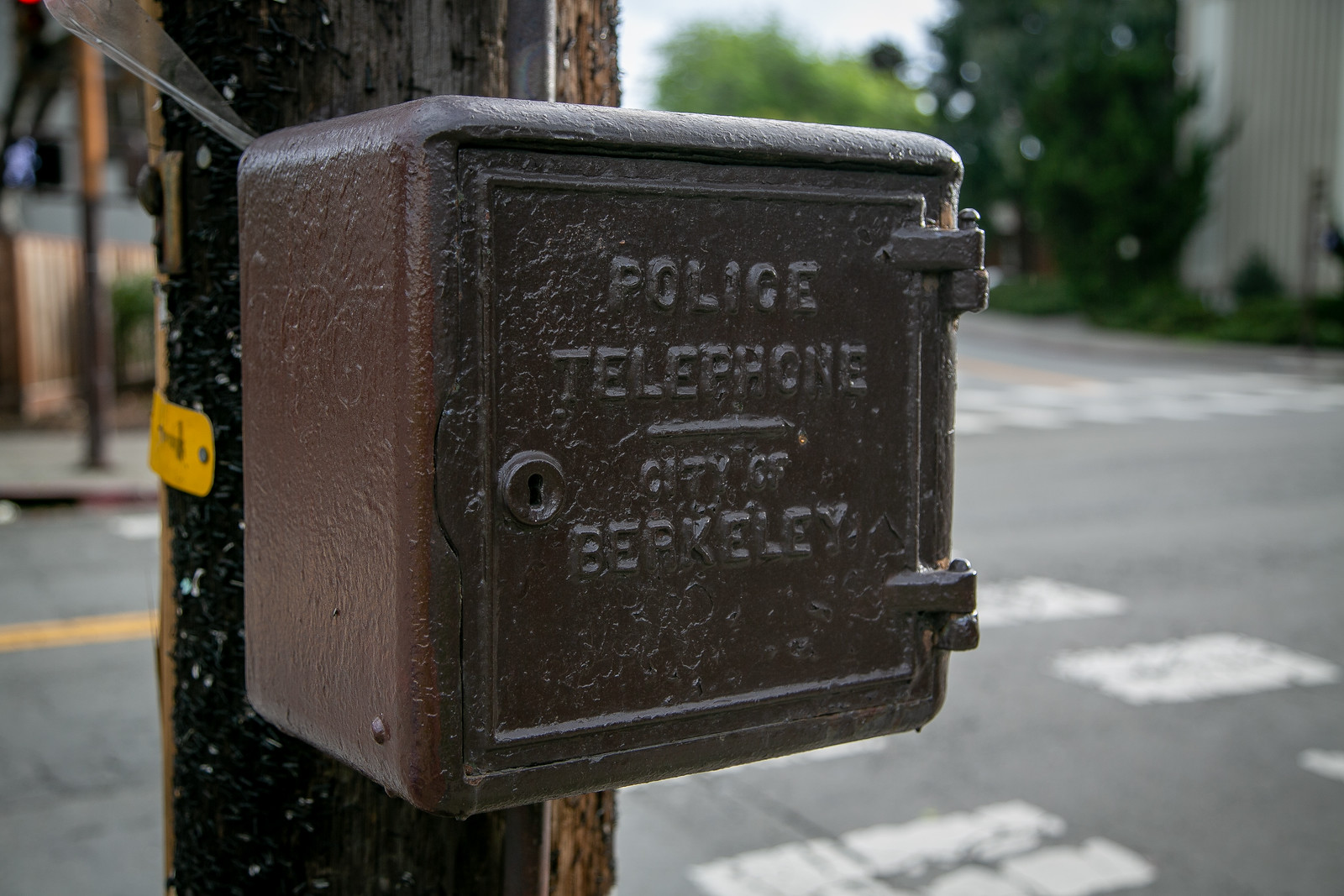
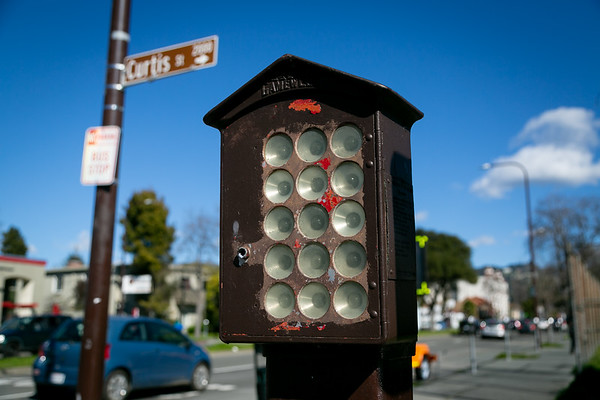
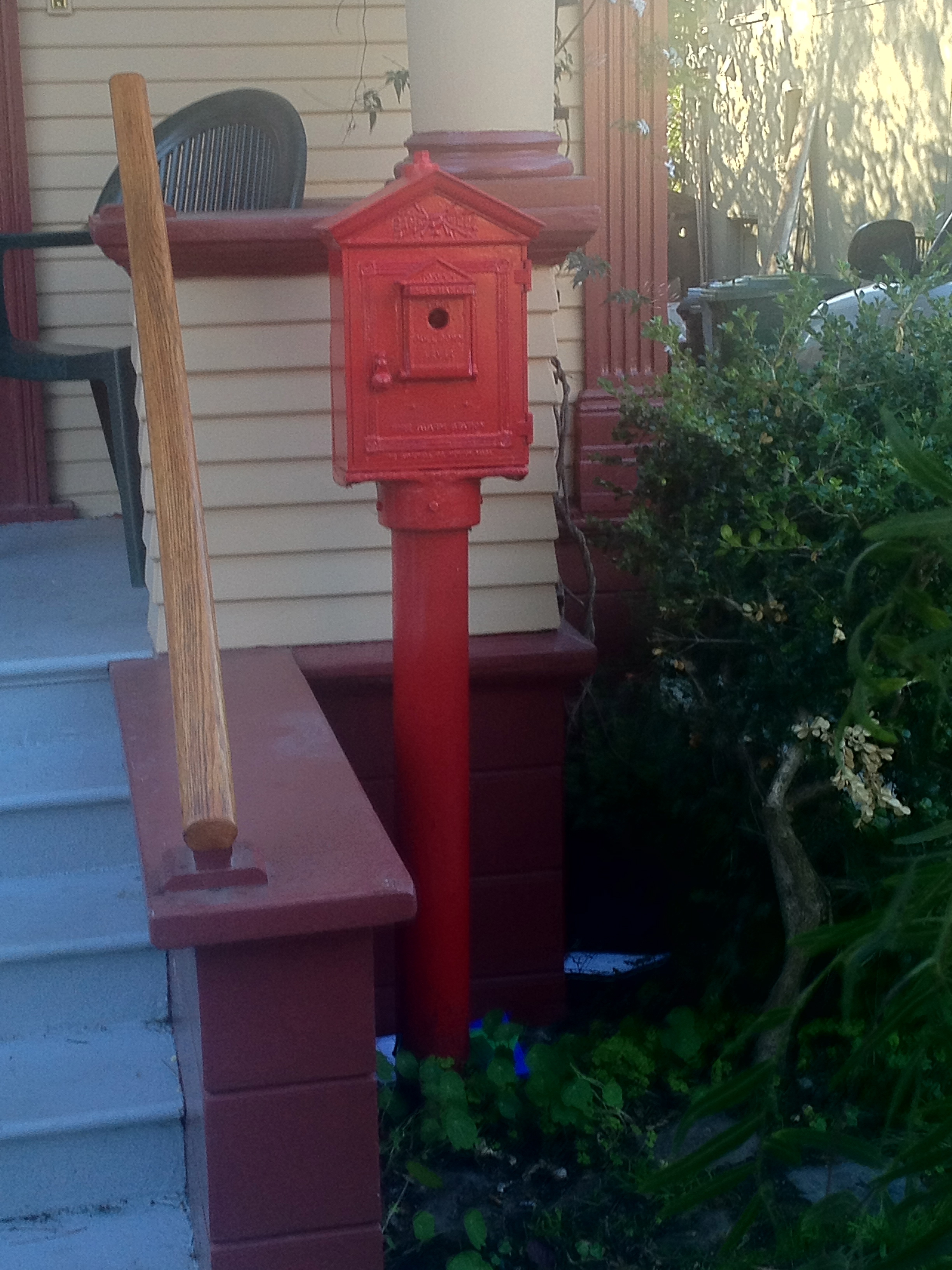


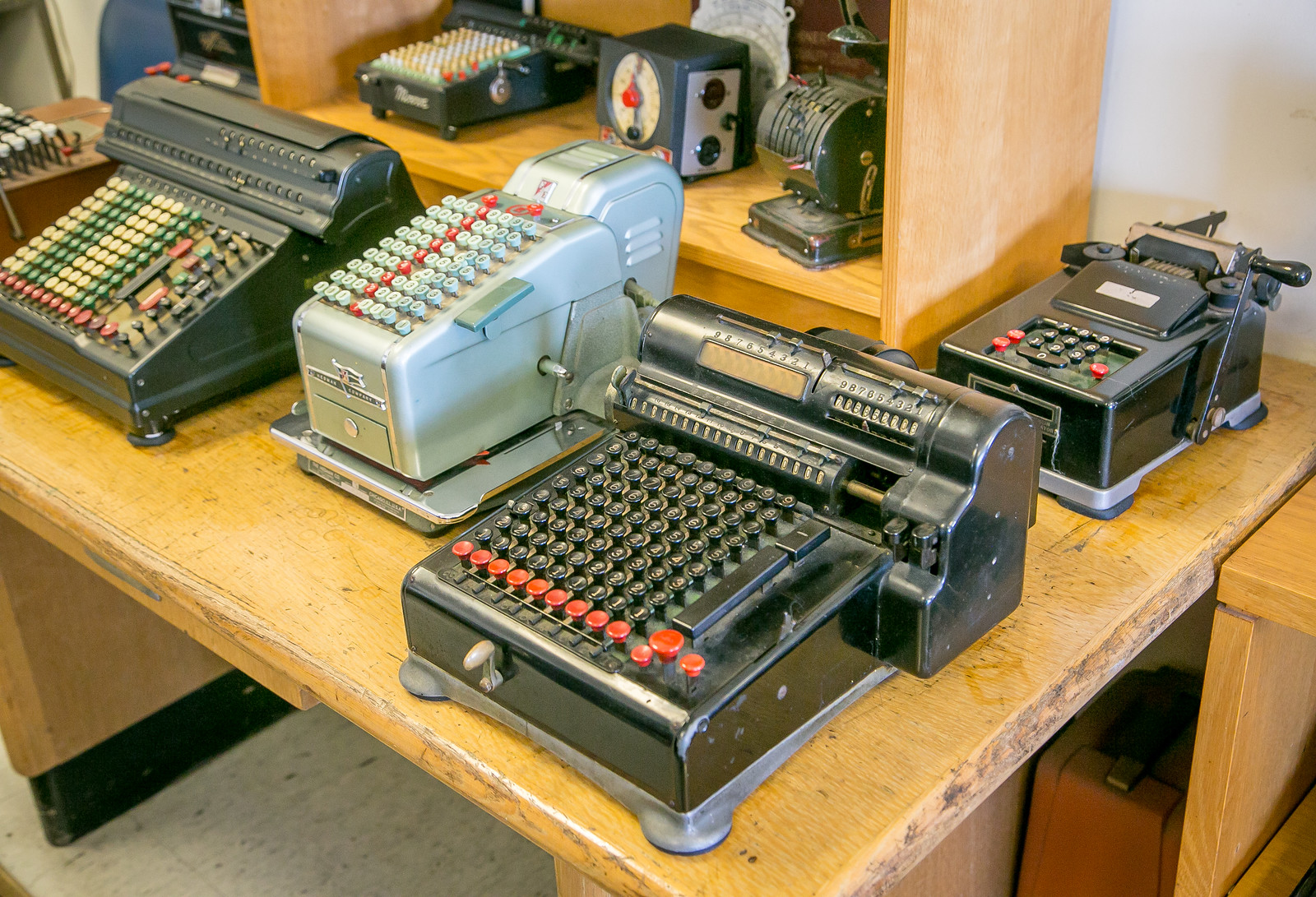
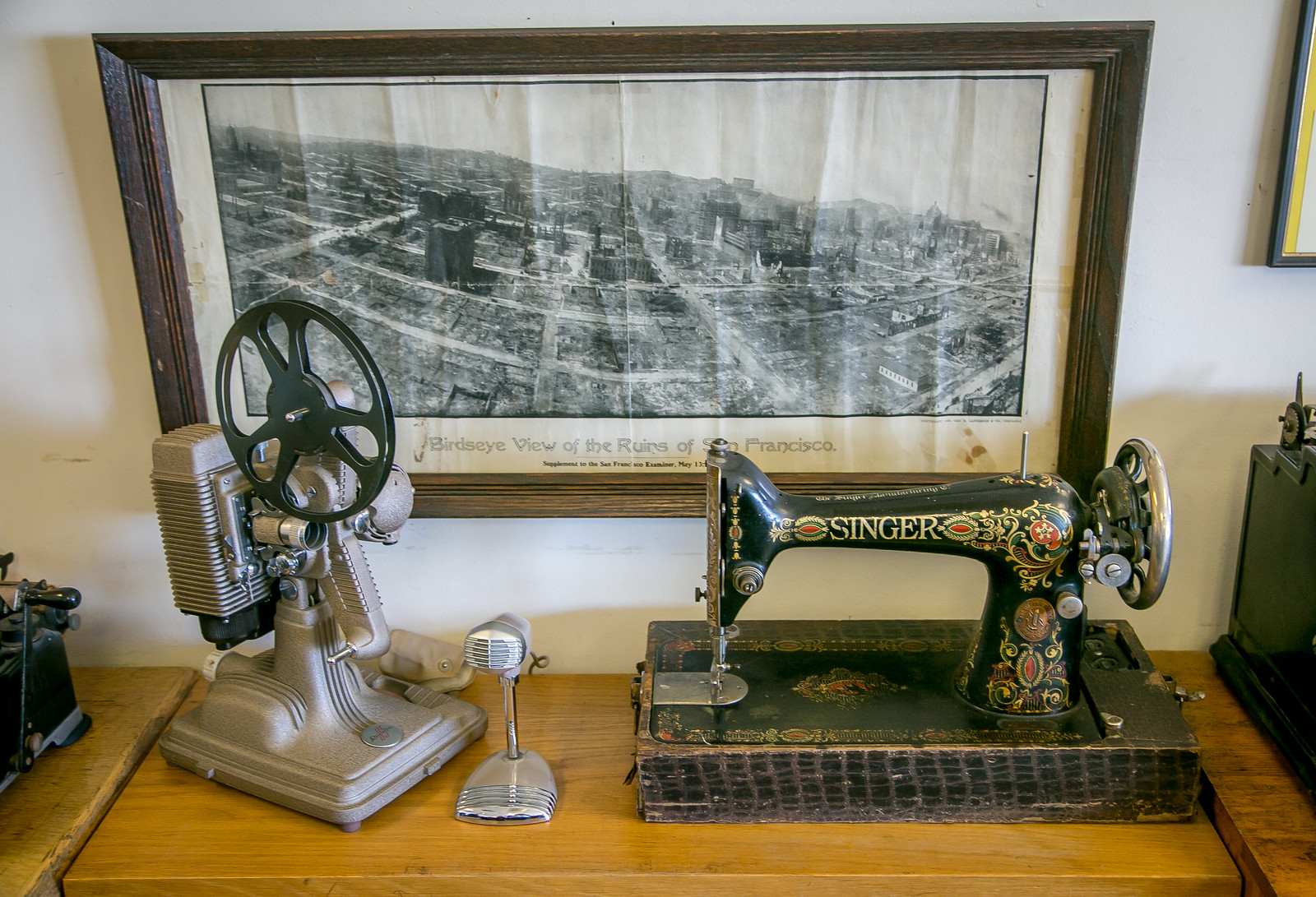
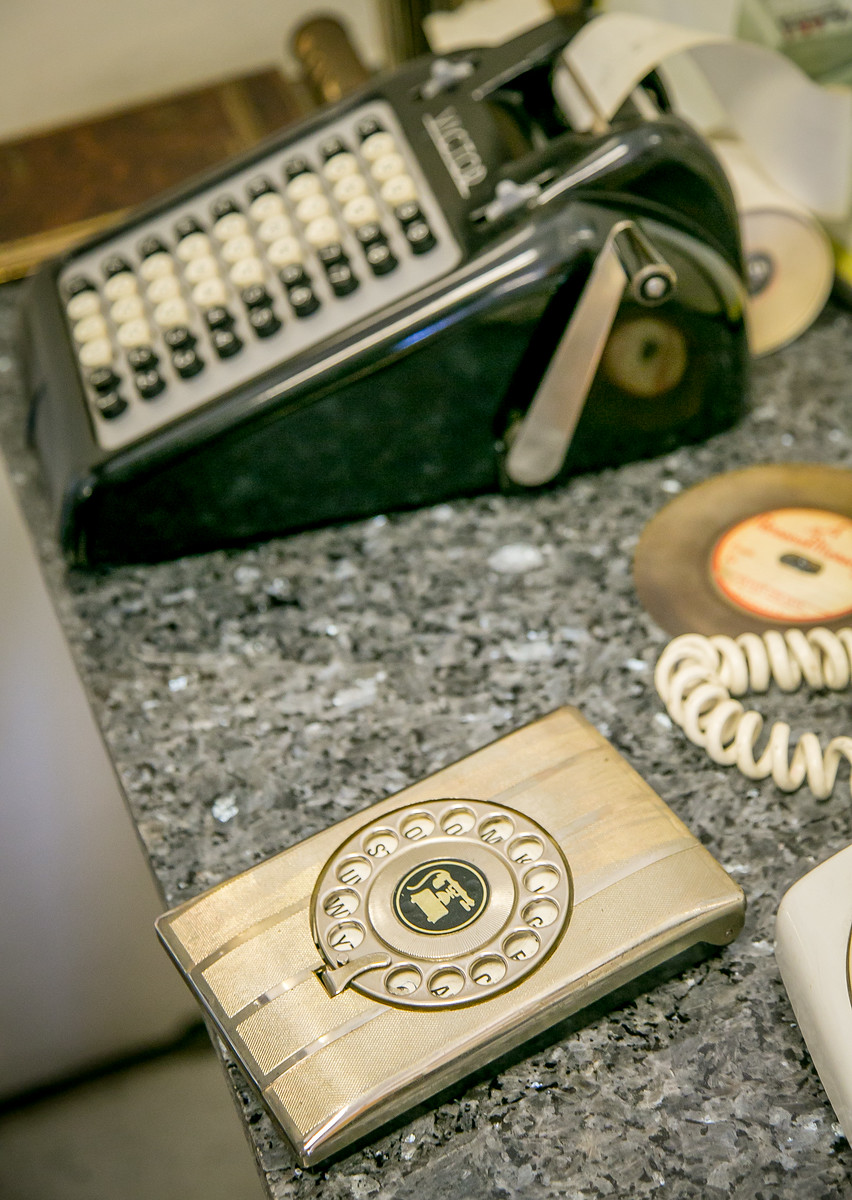
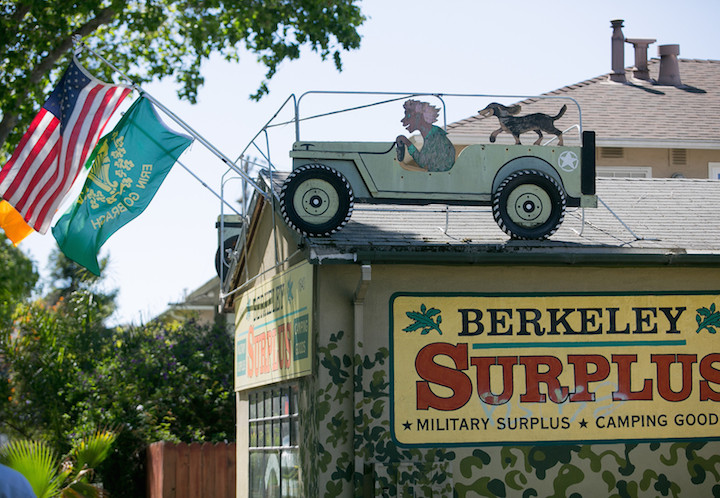
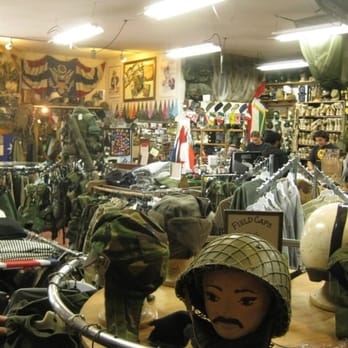
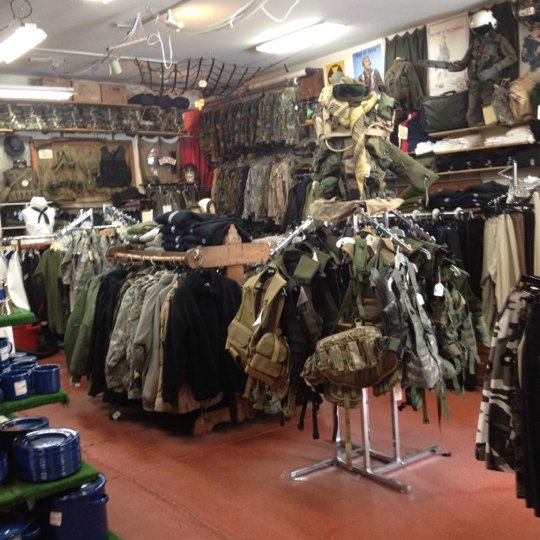
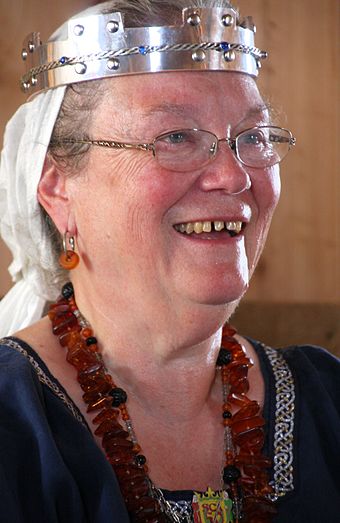
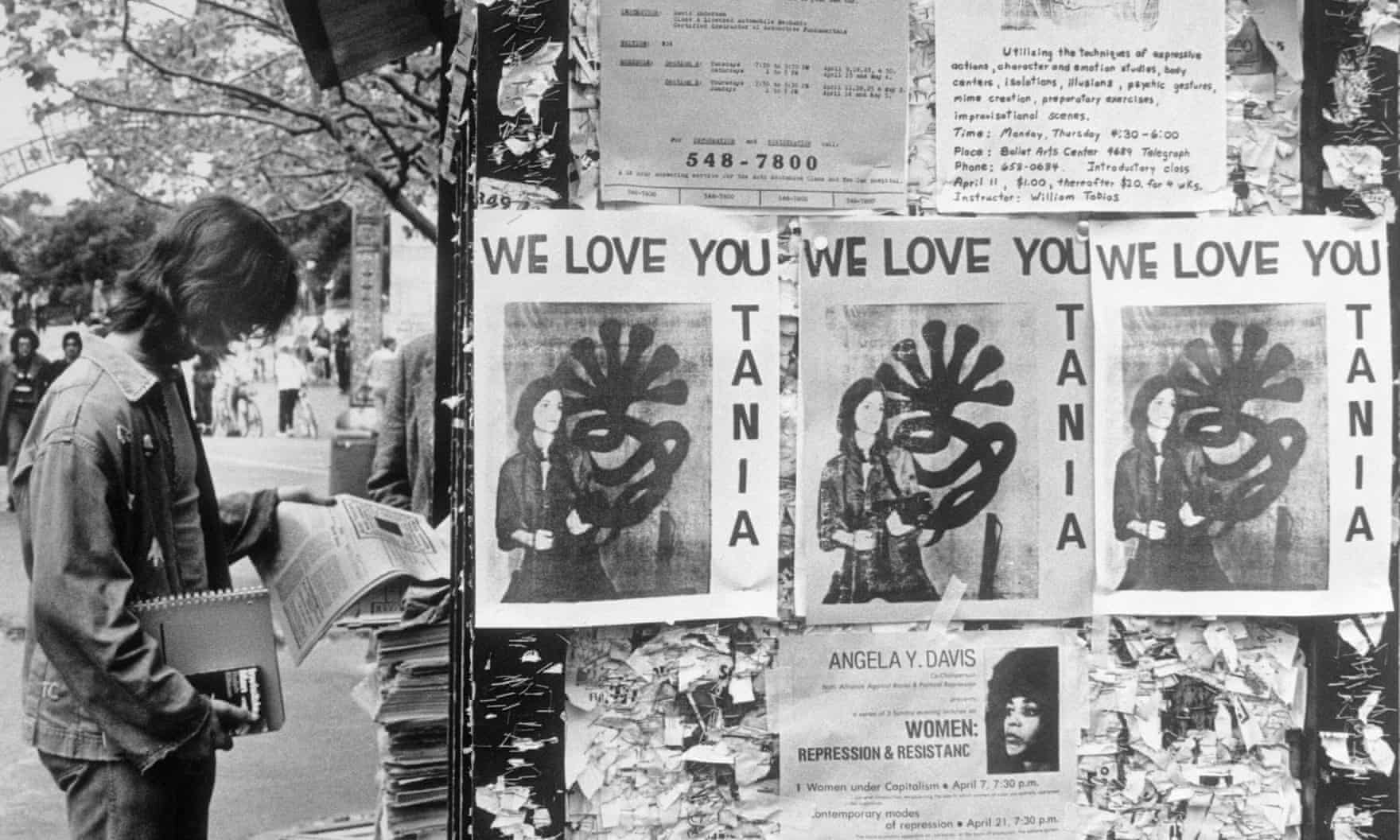
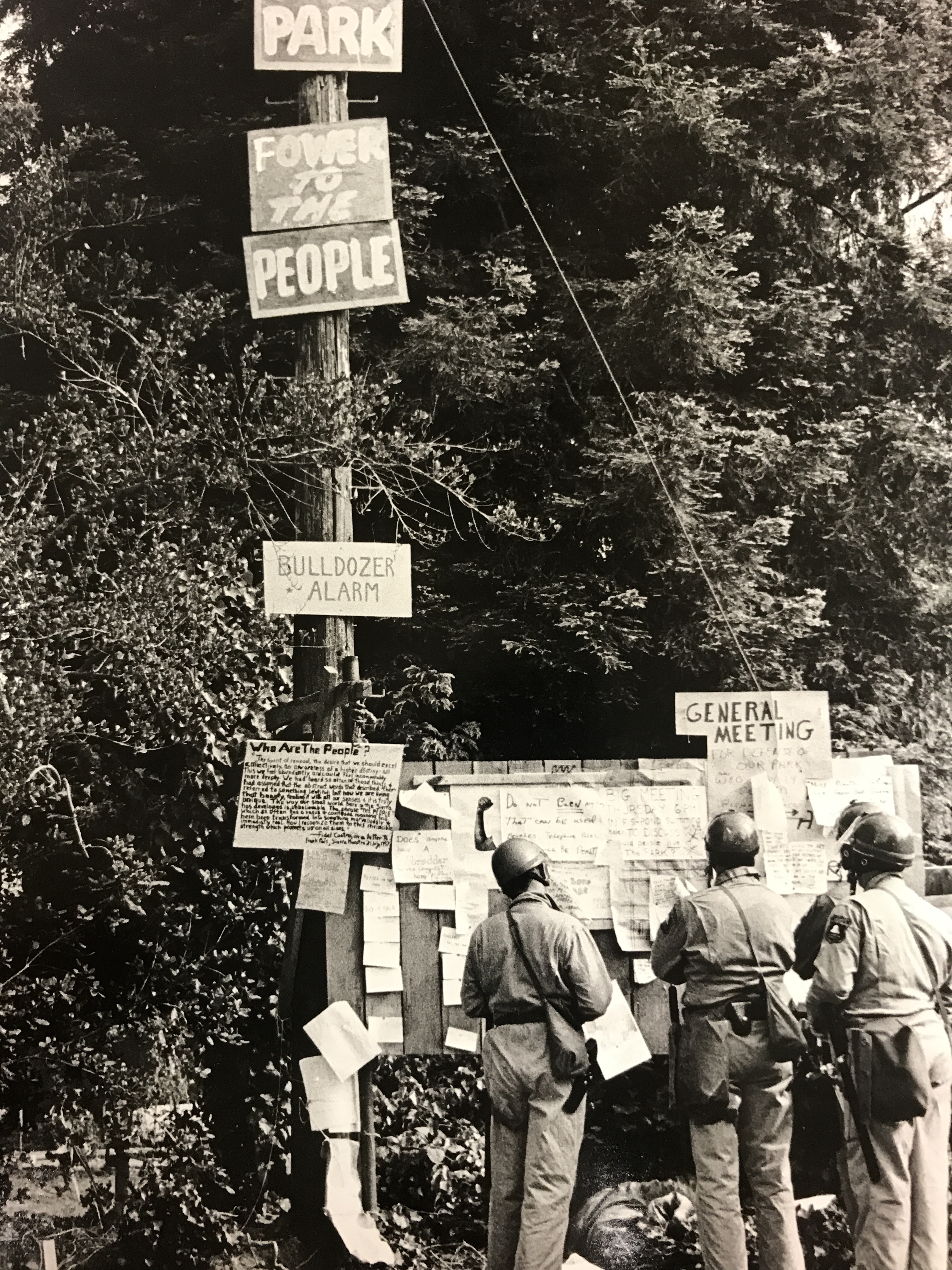
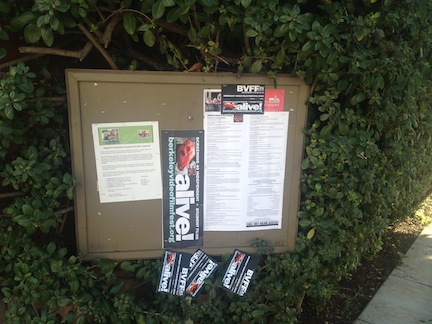
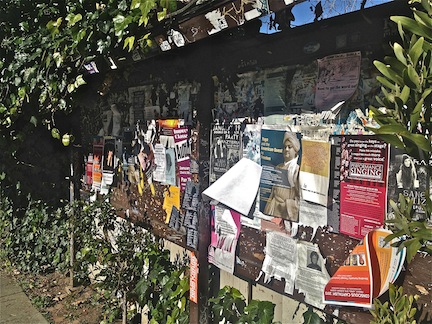
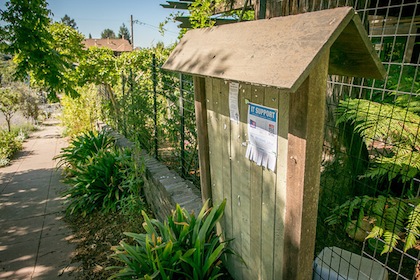

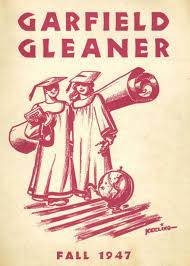
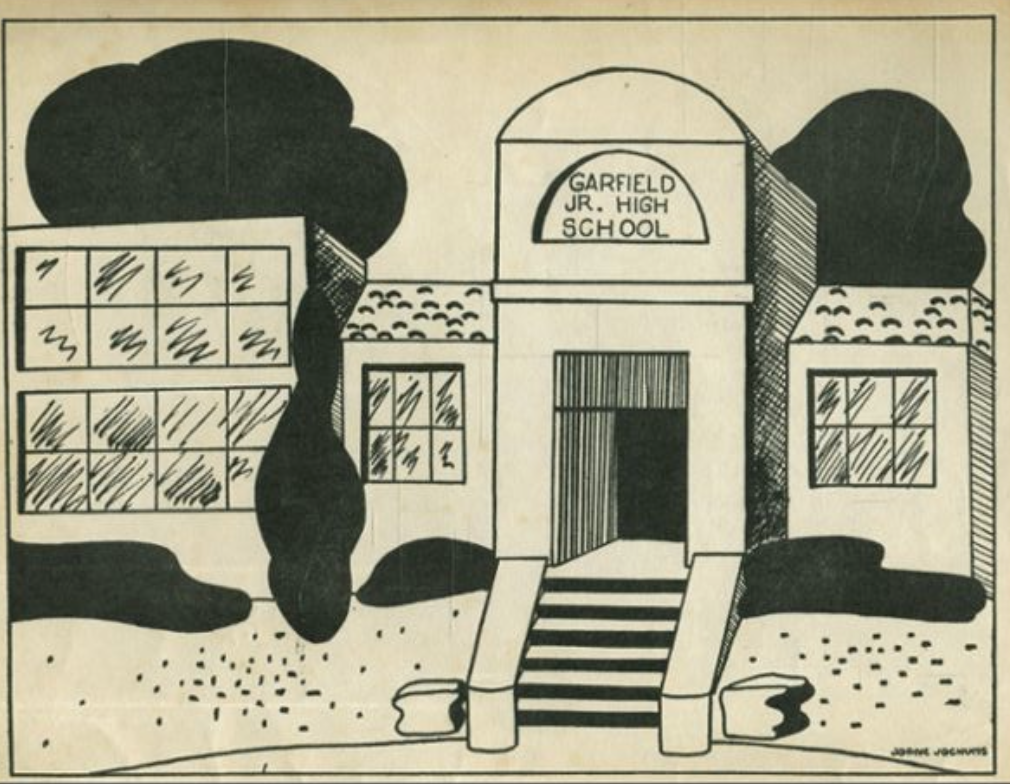
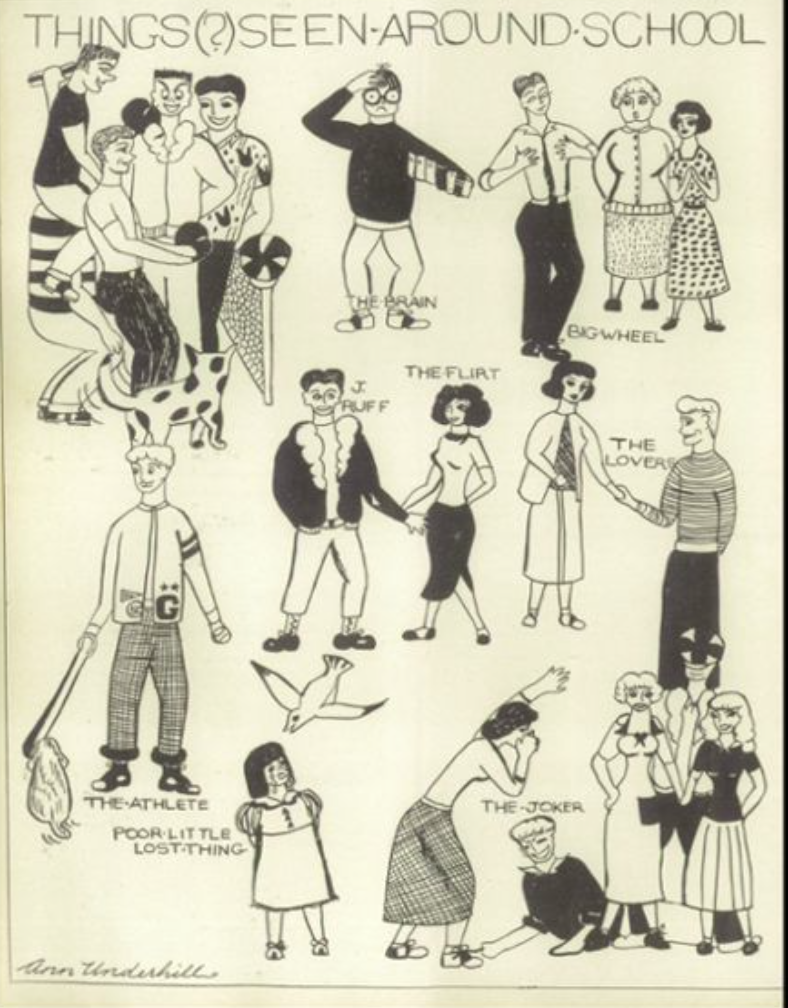
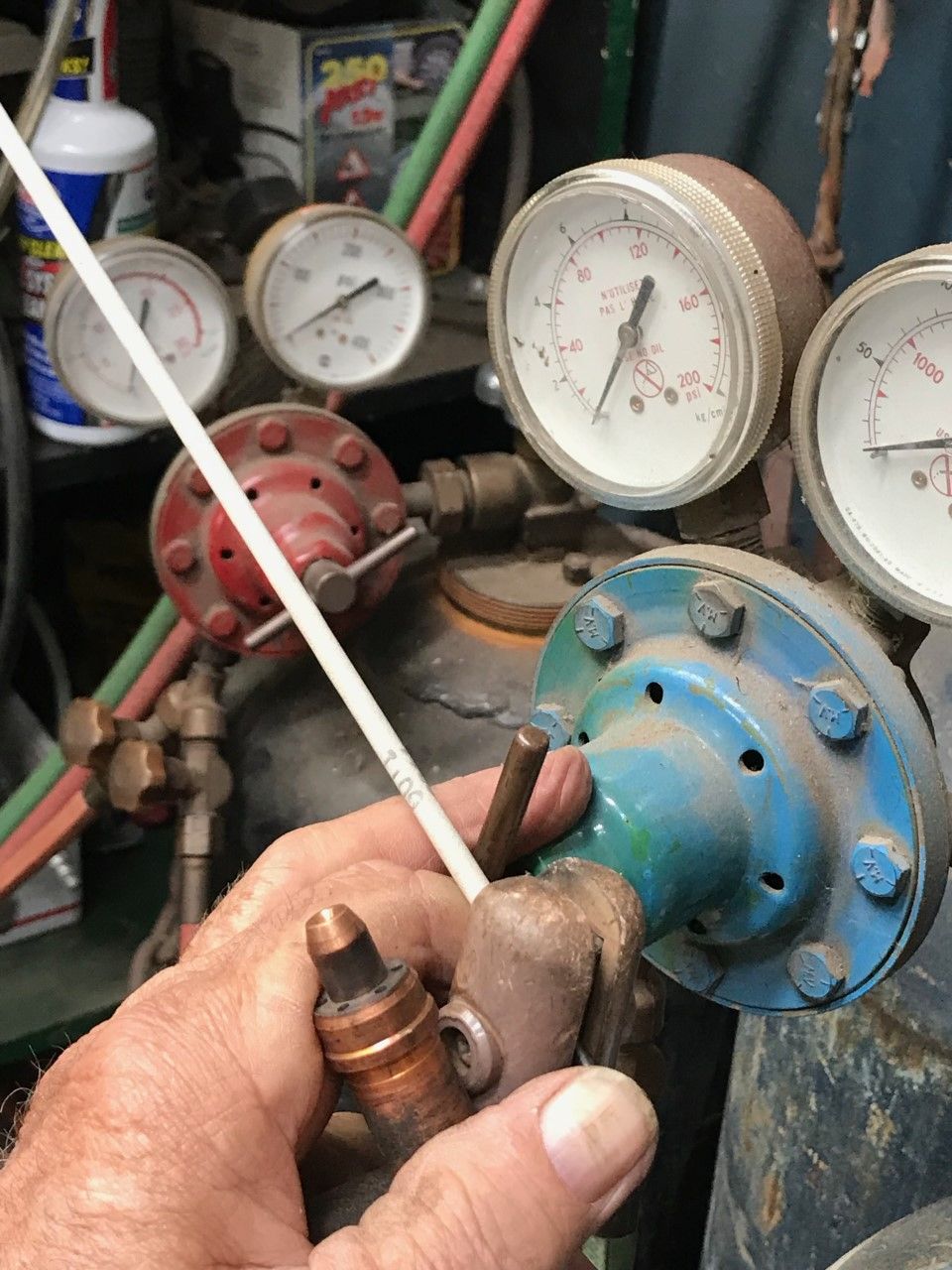
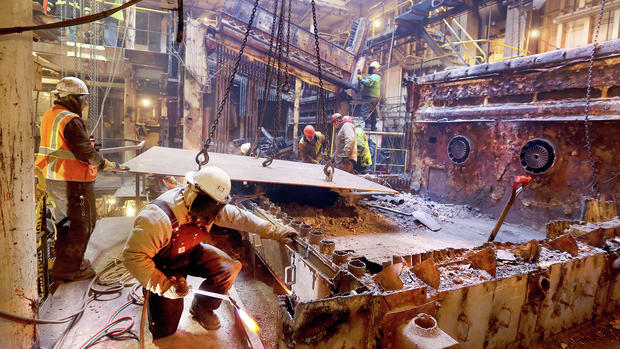
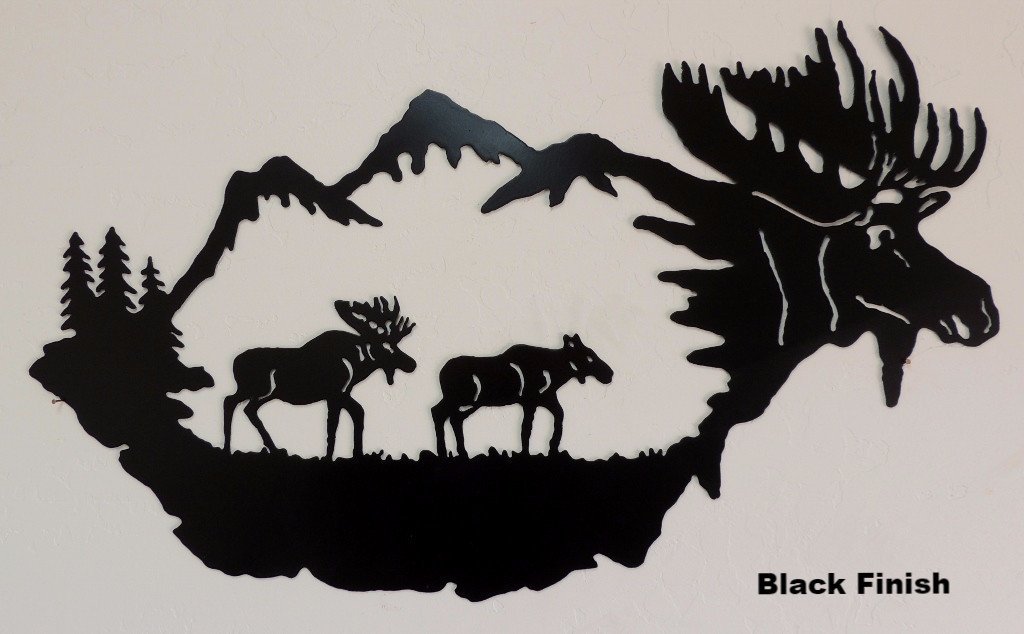
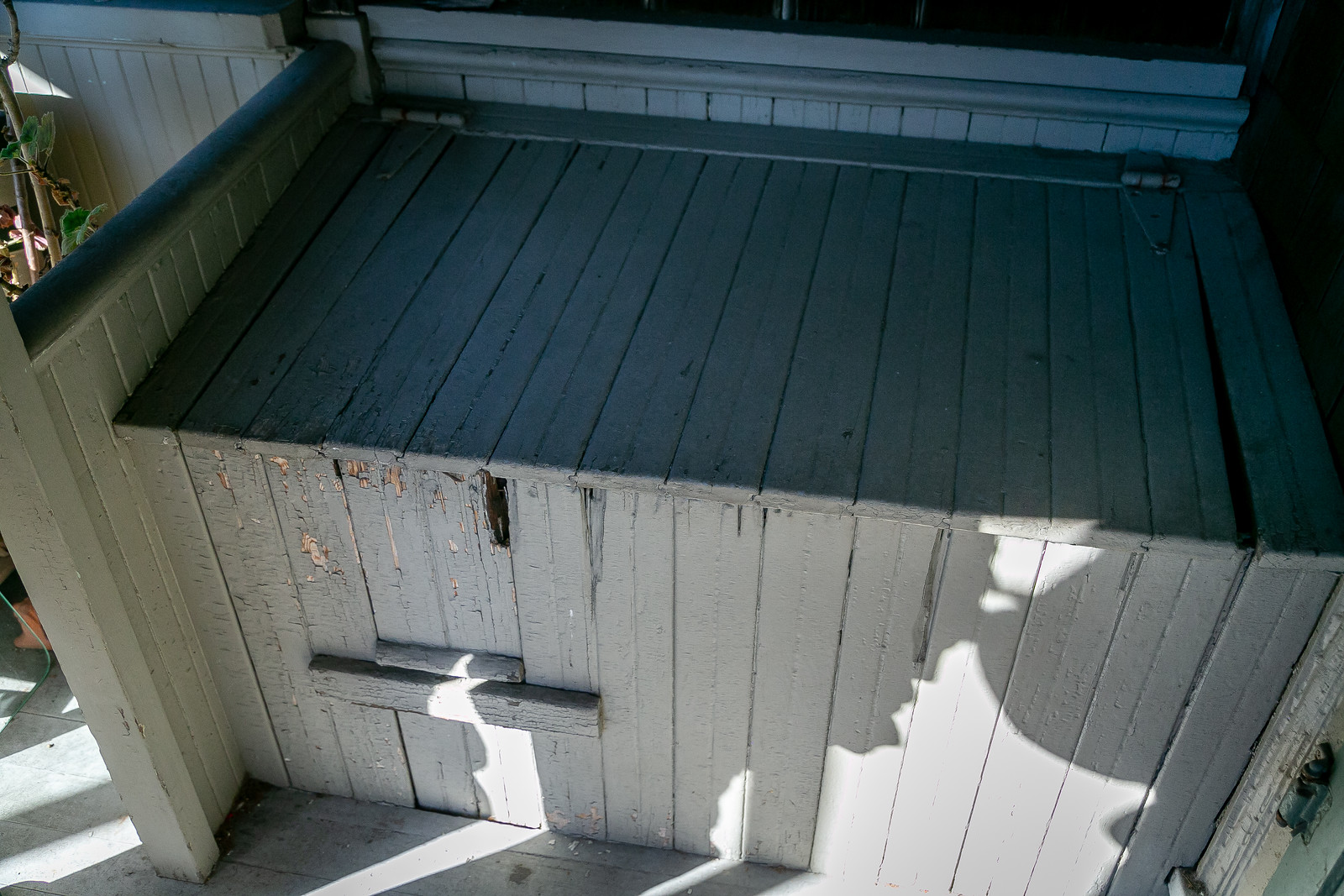
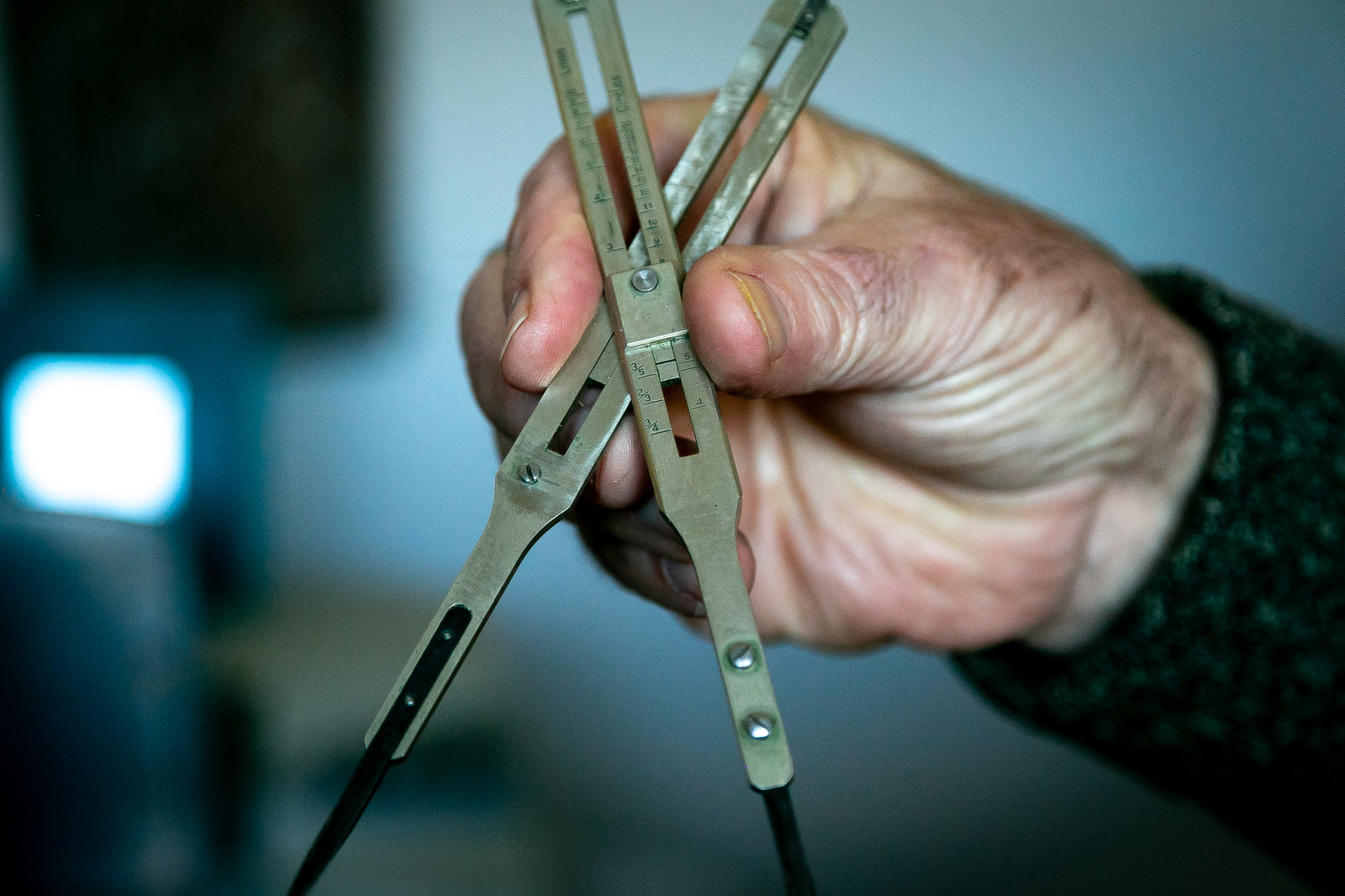
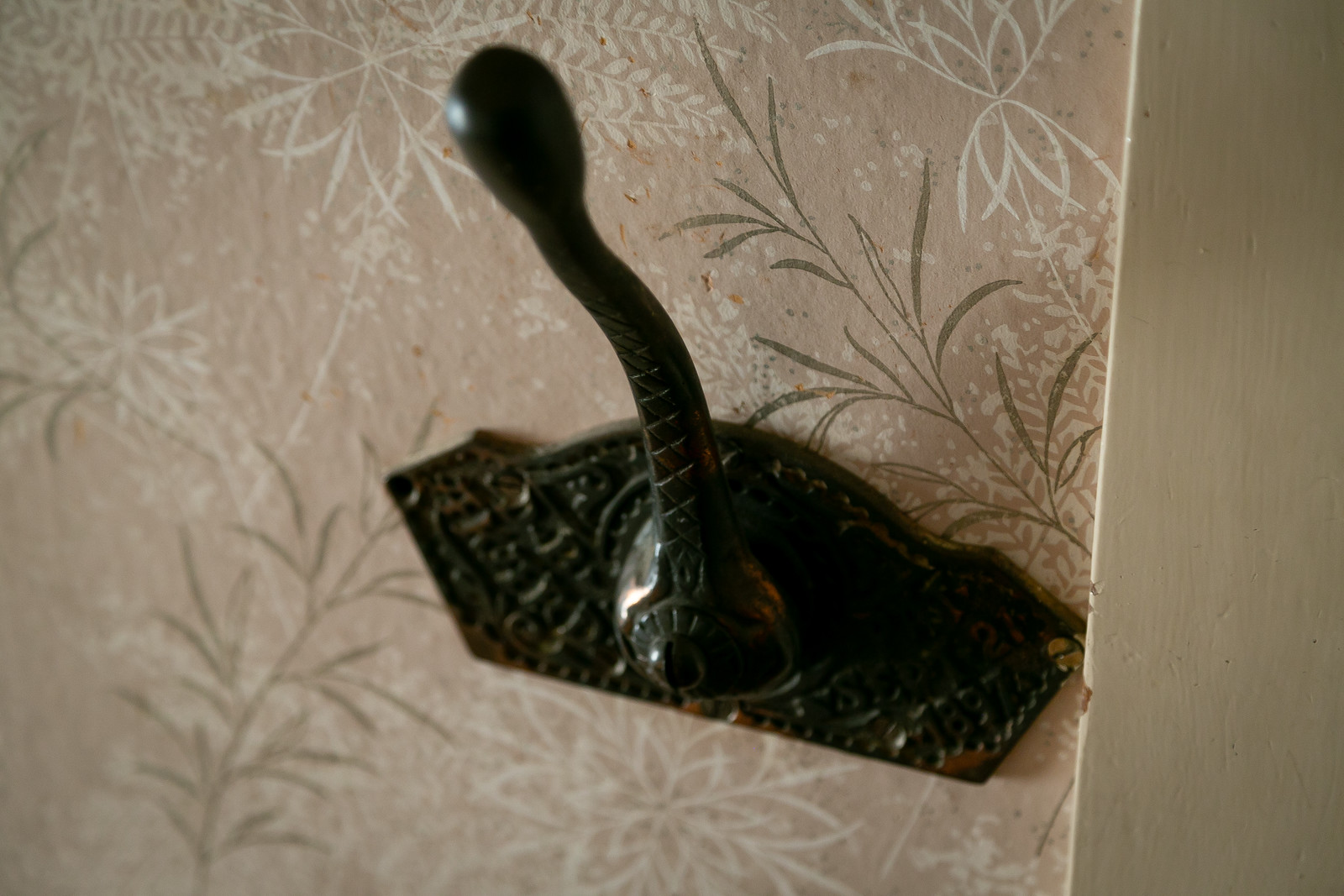
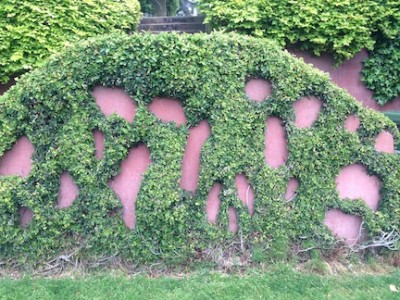
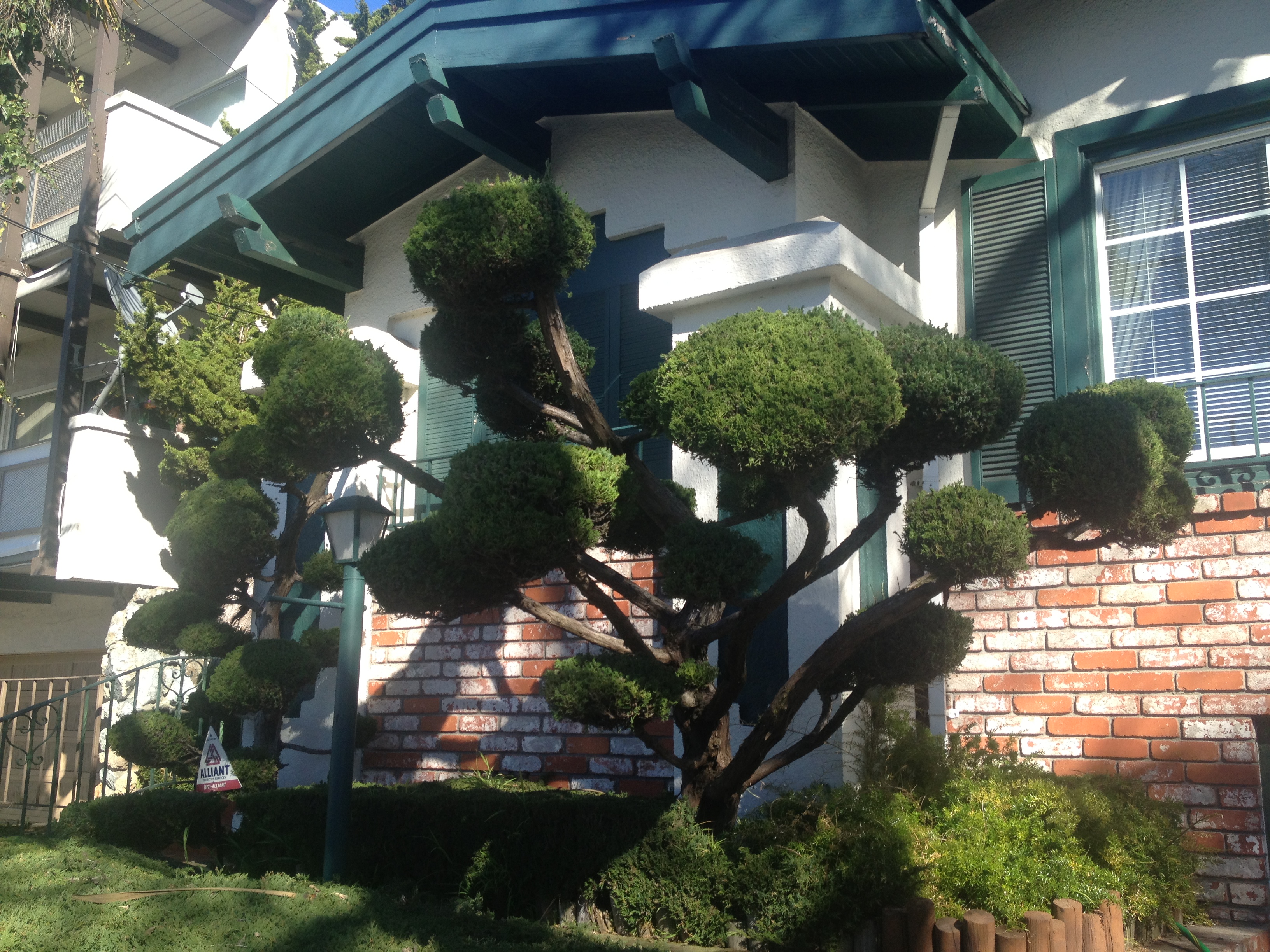
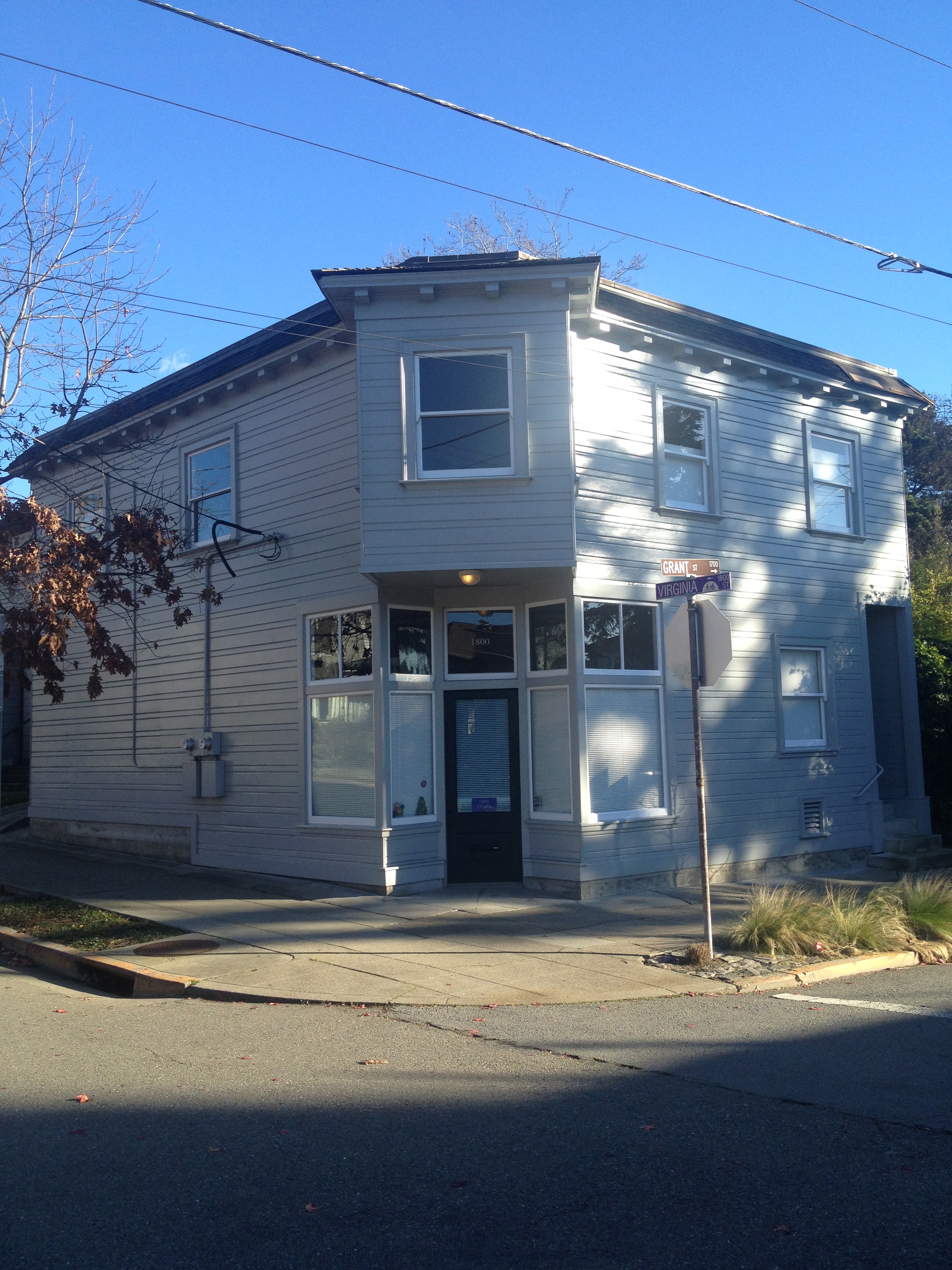
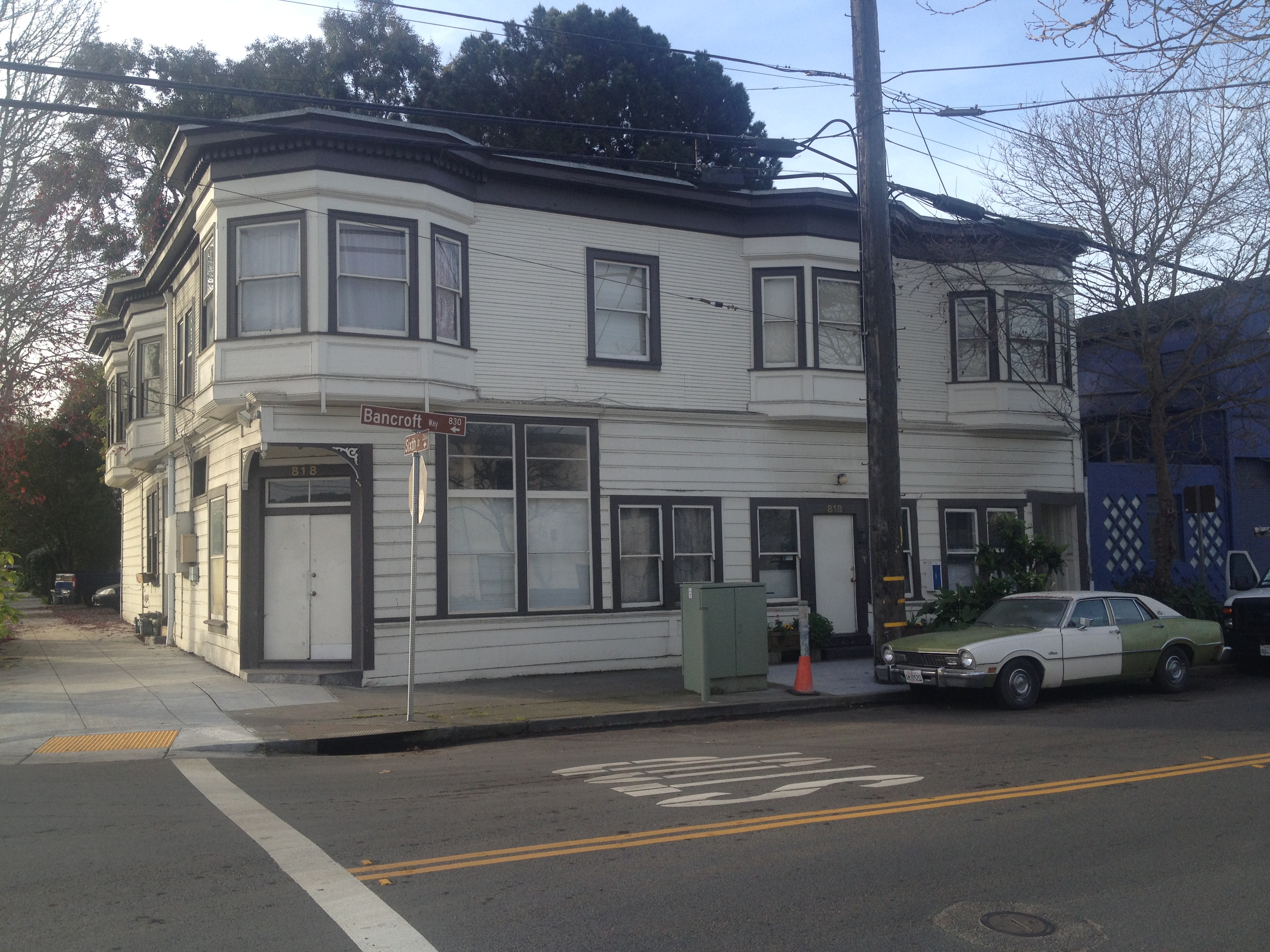
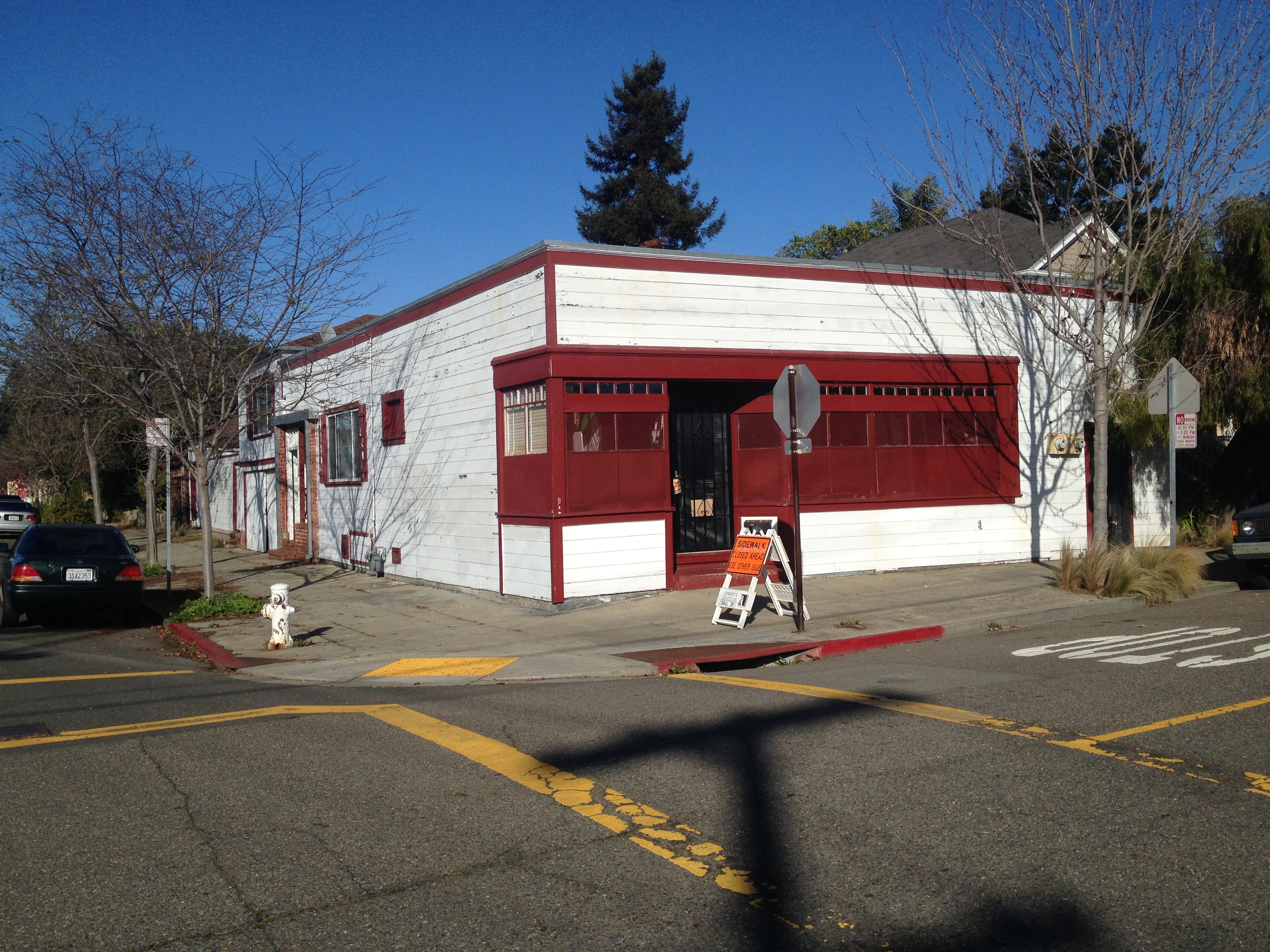
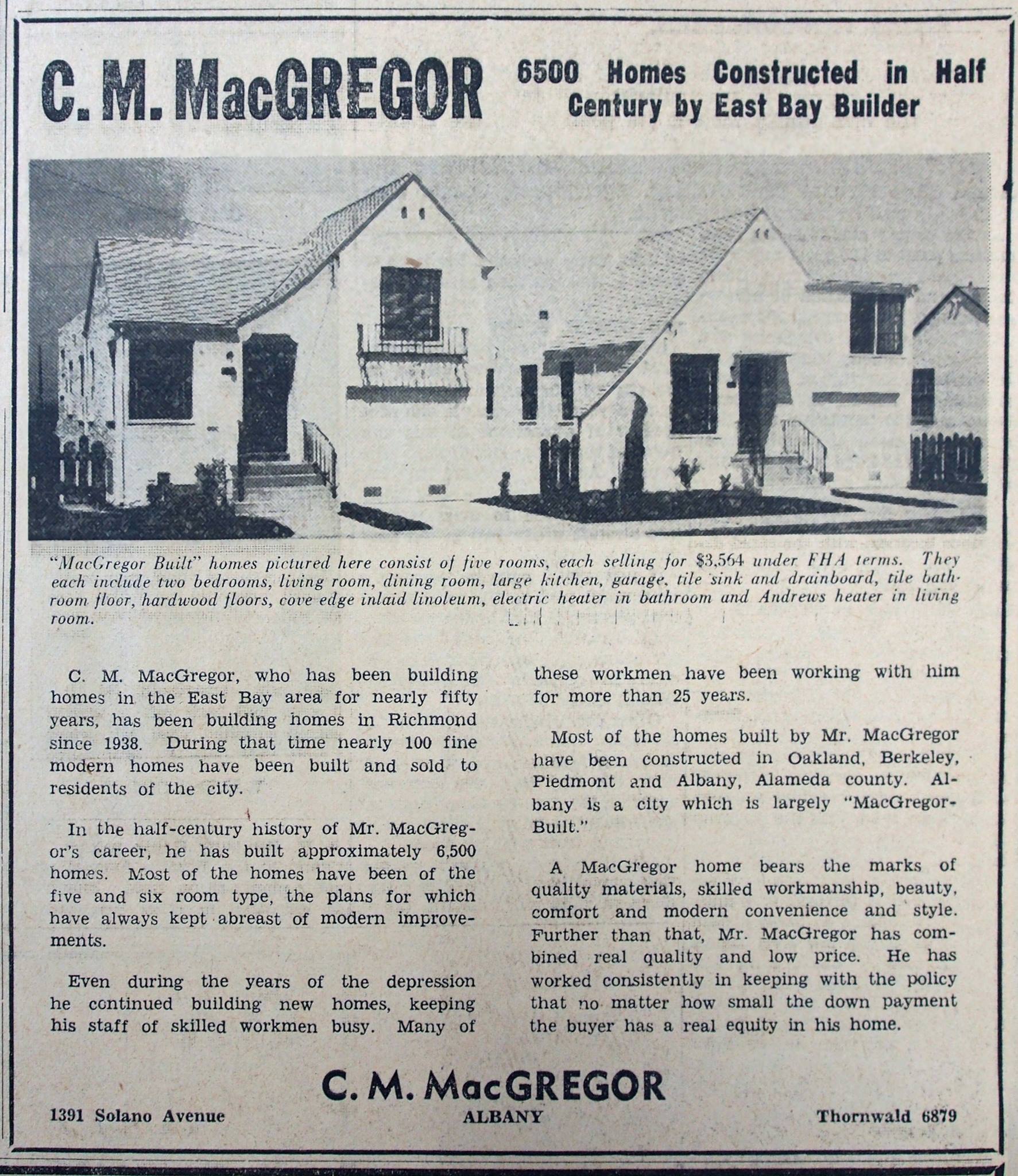
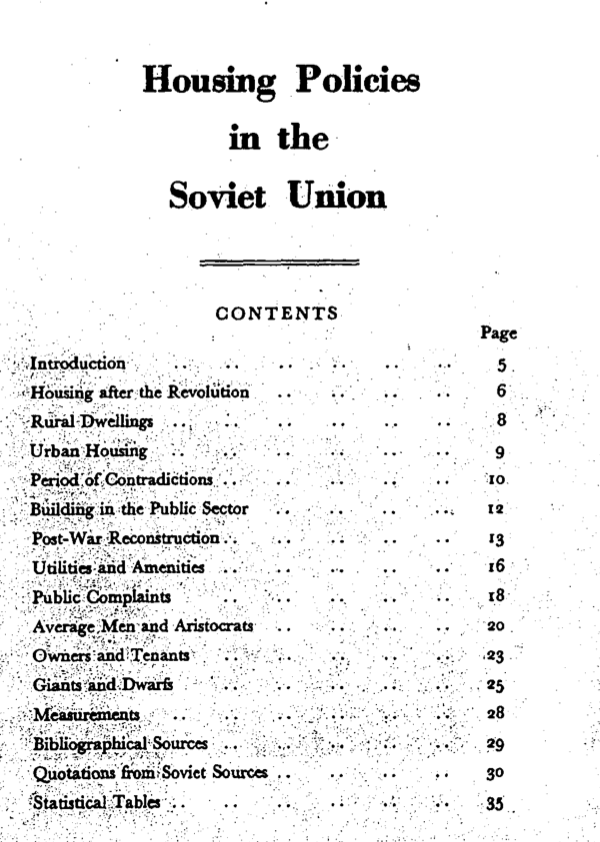
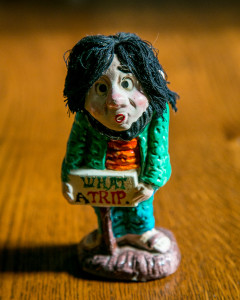
Nice pic of what appears to be a boiler rip-out, Tom. The way it was. And the way it still is, somewhere. Misery may not love company, but it needs it. Boilermaker Mark B.
Police call boxes and the fire alarm boxes are completely separate systems.
There are less than a dozen operable police call boxes still left, including the one shown and another at Shattuck and Cedar.
I believe that the Gamewell fire alarm box at University and Curtis belongs to the Berkeley Unified School District headquarters lodged at the former West Campus complex.
It is not City of Berkeley equipment as all municipal Gamewell “joker and gong” fire alarm equipment was removed by 1986 and replaced with the 911 system.
The central fire alam control and dispatch center was formerly located at Fire Station #2 on Berkeley Way and was a separate entity from police dispatch.
They have been since integrated into the COB 911 dispatch center presently located in the Tsukamoto Public Safety Building.